 Watching as the world around us transition from season to season circling the year’s clock face, pass through clearly defined phases and then reconnect to begin again is a lesson in change, adaptation, and light. Yes, light. If we look – really look – with our physical eyes, inner sight, mental clarity and creative vision, we learn lessons that support and sustain us as we move forward.
Watching as the world around us transition from season to season circling the year’s clock face, pass through clearly defined phases and then reconnect to begin again is a lesson in change, adaptation, and light. Yes, light. If we look – really look – with our physical eyes, inner sight, mental clarity and creative vision, we learn lessons that support and sustain us as we move forward.
Watching necessitates a pause. Framing a vast scene or a tiny fragment for a photo or mental image is an act of simplification, magnification, wonder and respect.
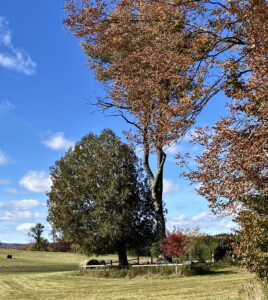 Last weekend here in Vermont we were flooded with gorgeous, brilliant colors topped with a dusting of snow on our highest peaks. This weekend we are Past Peak and Still Beautiful. As I noted this on my walk, I was startled to realize that this is a meaningful concept indeed! How often do we admire an antique, painting, vintage clothing or older friend? How much do we appreciate the athlete who has transitioned from the prime days of record-breaking achievement to an athlete who, with maturity, coaches, writes, and reaches out with shared skills?
Last weekend here in Vermont we were flooded with gorgeous, brilliant colors topped with a dusting of snow on our highest peaks. This weekend we are Past Peak and Still Beautiful. As I noted this on my walk, I was startled to realize that this is a meaningful concept indeed! How often do we admire an antique, painting, vintage clothing or older friend? How much do we appreciate the athlete who has transitioned from the prime days of record-breaking achievement to an athlete who, with maturity, coaches, writes, and reaches out with shared skills?
What of the senior executive who mentors and the musician whose tone becomes deeply resonant? What of the model who turns to design, the performer who directs, the parents who grandparent?
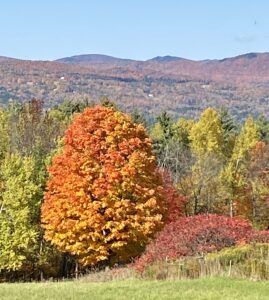 Is any of this less? Perhaps the transition itself is the learning curve to land experience as something useful rather than degenerative.
Is any of this less? Perhaps the transition itself is the learning curve to land experience as something useful rather than degenerative.
And yet, though Past Peak may Still be Beautiful, there is a demand for strength and energy.
In the world of health and fitness, we teach that as our bodies age, the absolute priority is muscular strength to enhance bone health and joint stabilization, mobility and balance.
Quite a few experts have quite a lot to say about this subject. Here are a few resources if you’re so inclined.
In the following podcast, Dr. Gabrielle Lyons makes no bones about it (pardon the pun) – strength training, cardiovascular exercise and HIIT (high intensity interval training) are a must! (She is also an advocate of substantial amounts of protein but I won’t touch a nutritional topic – so many options to be suggested!) https://drchatterjee.com/the-critical-importance-of-strength-training-and-eating-more-protein-with-dr-gabrielle-lyon/
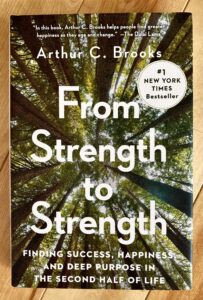 Arthur C. Brooks is a popular author whose latest book is From Strength to Strength, Finding Success, Happiness and Deep Purpose in the Second Half of Life. I’m taking my time with this one as there are gems on each, page. You might also enjoy this podcast conversation of Brooks with Rich Roll: https://www.youtube.com/watch?v=XE0giQ4znNw
Arthur C. Brooks is a popular author whose latest book is From Strength to Strength, Finding Success, Happiness and Deep Purpose in the Second Half of Life. I’m taking my time with this one as there are gems on each, page. You might also enjoy this podcast conversation of Brooks with Rich Roll: https://www.youtube.com/watch?v=XE0giQ4znNw
From the get-go Brooks is encouraging. Using science, experience, research and logic he proposes that the beautiful mind of a younger person utilizes “fluid intelligence” and later, mature folks use “chrystalized intelligence.” To tease you I will share his quote from British psychologist, Raymond Cattell: “When you are young, you have raw smarts; when you are old, you have wisdom. When you are young, you can generate lots of facts; when you are old, you know what they mean and how to use them.” (Is your interest piqued?)
I also love the way Brooks connects physical, mental and spiritual fitness. He, himself, has a practice that is significant and actionable. He advocates clearly defining one’s moral values, daily meditation and daily reading something by a great thinker, words of wisdom.
 Within the principles of the Five Element Theory of Traditional Chinese Medicine, we have fully entered the time of year associated with the Metal Element and find ourselves involved with the process of refining, honoring wisdom and self-knowledge. (Past Peak but Still Beautiful?) As Gail Reichstein writes in her excellent book, Wood Becomes Water, Chinese Medicine in Everyday Life, the emotion associated with this time of year is grief. “Grief also teaches us what we value in our lives and in the lives of others, giving us the opportunity to redirect our energies toward becoming who we most want to be.”
Within the principles of the Five Element Theory of Traditional Chinese Medicine, we have fully entered the time of year associated with the Metal Element and find ourselves involved with the process of refining, honoring wisdom and self-knowledge. (Past Peak but Still Beautiful?) As Gail Reichstein writes in her excellent book, Wood Becomes Water, Chinese Medicine in Everyday Life, the emotion associated with this time of year is grief. “Grief also teaches us what we value in our lives and in the lives of others, giving us the opportunity to redirect our energies toward becoming who we most want to be.”
Further study reveals that Metal represent both the seeking and that which is found. Coincidental to Brooks and Cattell, Reichstein writes that “the soul of Metal is wisdom …Wisdom turns experience into understanding, allowing us to know more about the present because of what we have learned from the past.” She further states that “The soul of Metal also creates teachers; those who pass their wisdom on to others.” I think everyone is on the same page!
Continuity. A circle. As green leaves become vibrant with reds, yellows and oranges creating a spectacular vista, they then fall to the ground to become nourishment for future growth. But even in their transition, there is beauty. There is a time and place for value, opportunity, energies and self-actualization. There are lessons to be absorbed simply by sharing breath and space and light, by walking through the calendar year with the natural world as our habitat and companion. And, when we are “Past Peak, it is Still Beautiful.”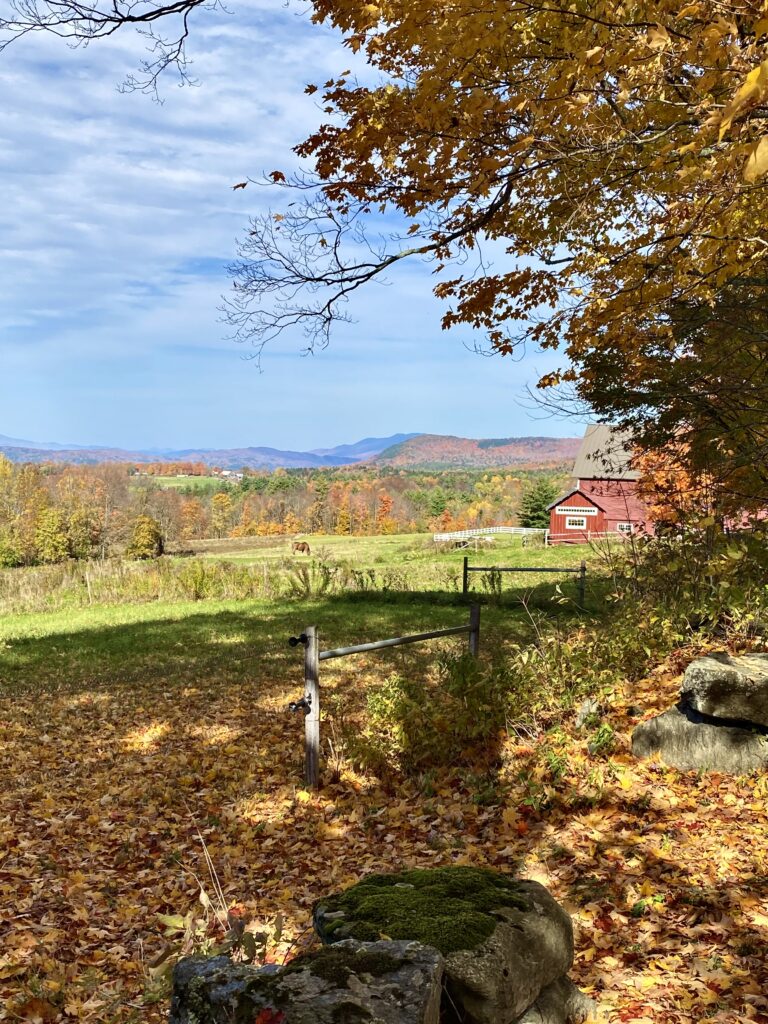
From Strength to Strength, by Arthur C. Brooks, Penguin Random House, 2022.
Wood Becomes Water, by Gail Reichstein, Kodansha America, 1998.

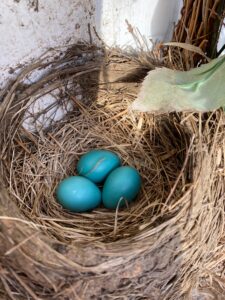
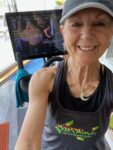

 You see, podcasts, essays, blog posts, conversations, and even fortune cookies might offer a sentence or two to take away and chew on as a snack.
You see, podcasts, essays, blog posts, conversations, and even fortune cookies might offer a sentence or two to take away and chew on as a snack.
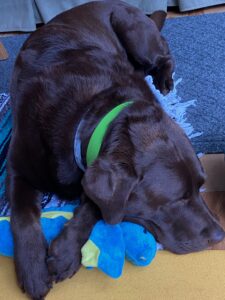
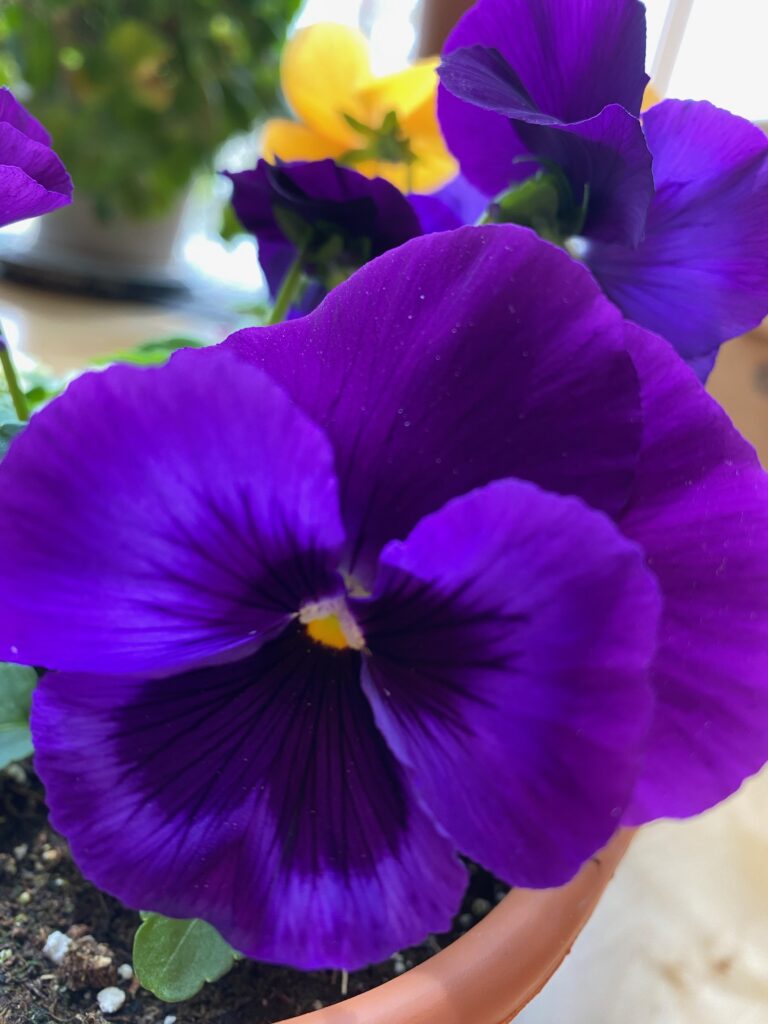
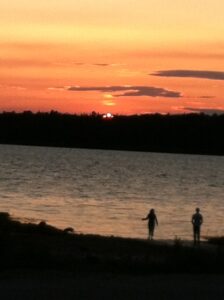

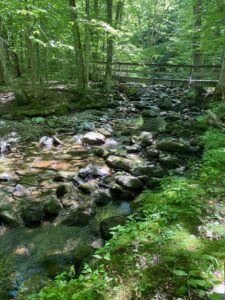
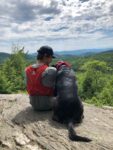 Community has been redefined. Even the tiniest connection – a phone call or text, photo or face time, card or package – is duly appreciated forging bonds replacing tenuous strands. And in my own small (there’s that word again) world of Zoom, those minutes of unmuted video before and after a teacher-led practice are golden; they are fun and sensitive and compelling moments of genuine community.
Community has been redefined. Even the tiniest connection – a phone call or text, photo or face time, card or package – is duly appreciated forging bonds replacing tenuous strands. And in my own small (there’s that word again) world of Zoom, those minutes of unmuted video before and after a teacher-led practice are golden; they are fun and sensitive and compelling moments of genuine community.
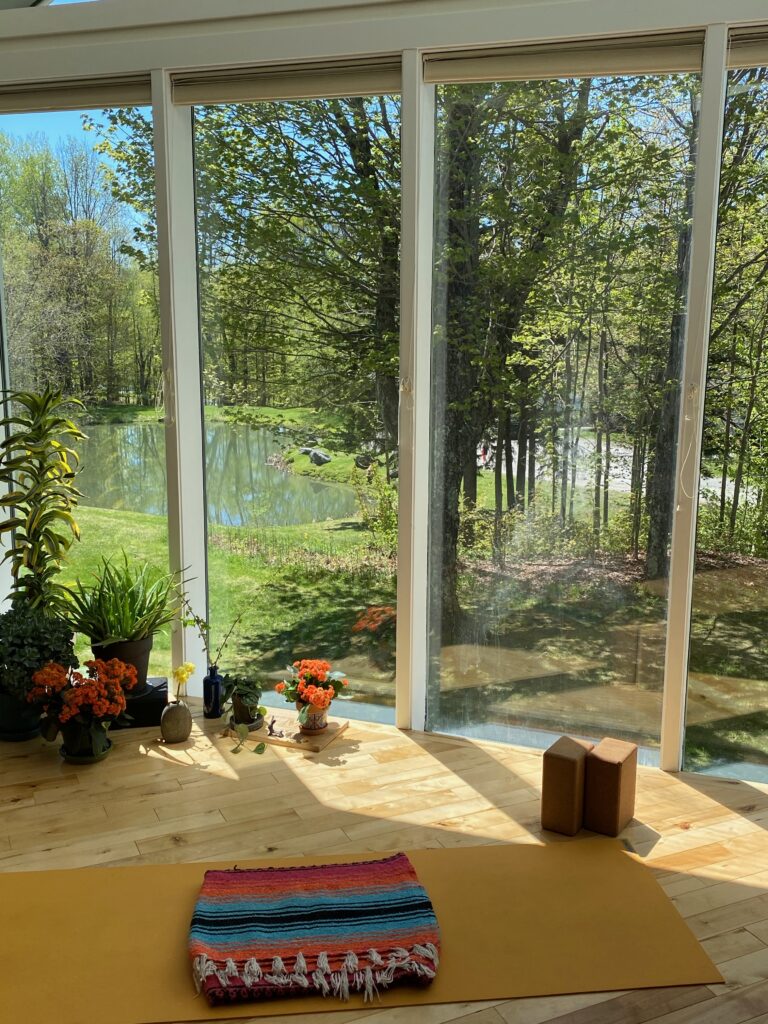
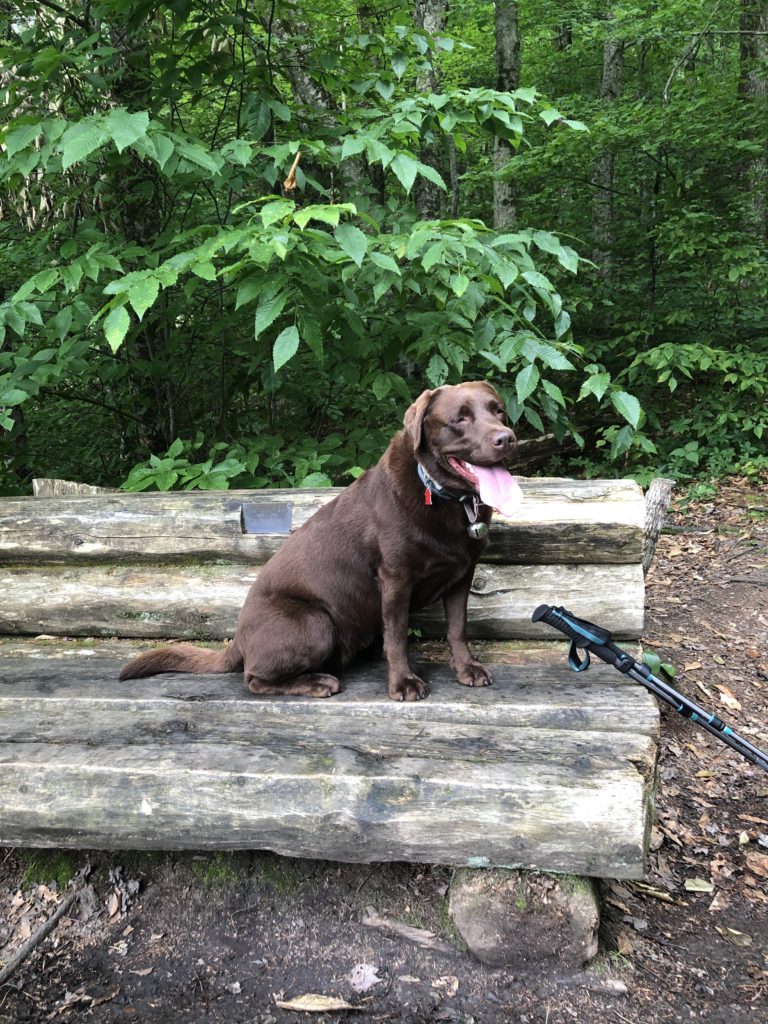
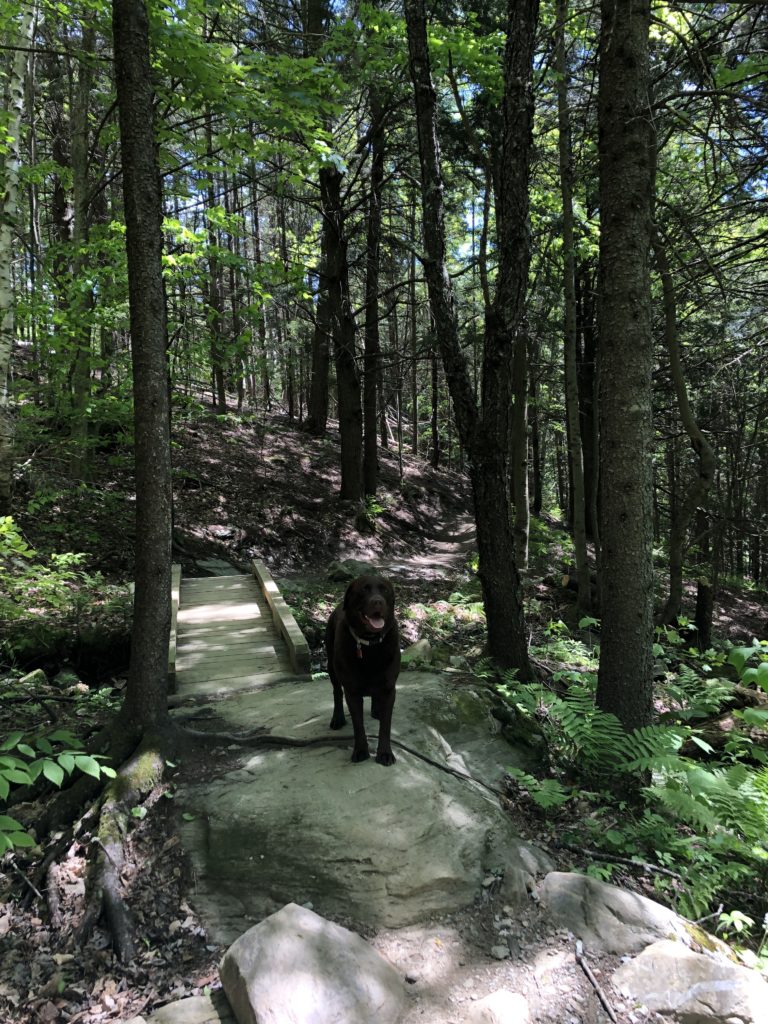
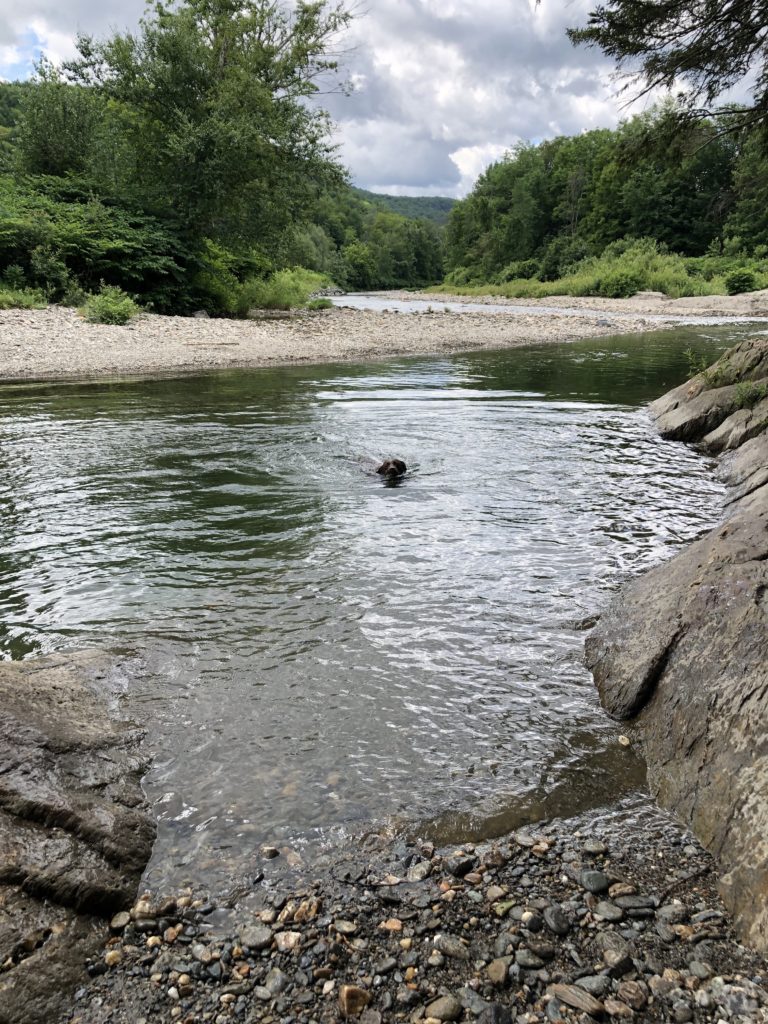
 Perhaps you gather your gear and block out a small space at your local gym. Or perhaps you are fortunate enough to be able to dedicate a few square yards or even a room in your home to your fitness quest. Let’s run with the latter.
Perhaps you gather your gear and block out a small space at your local gym. Or perhaps you are fortunate enough to be able to dedicate a few square yards or even a room in your home to your fitness quest. Let’s run with the latter.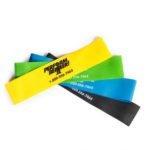 COMPONENTS OF A HOME GYM. Now, in a new home, I can label a small oddly shaped but beautifully bright area my “home gym.” As I began to equip the renovated space to make it work for me (thus functional) I found it quite exciting to define my fitness needs and the least amount of gear I could use to meet those needs.
COMPONENTS OF A HOME GYM. Now, in a new home, I can label a small oddly shaped but beautifully bright area my “home gym.” As I began to equip the renovated space to make it work for me (thus functional) I found it quite exciting to define my fitness needs and the least amount of gear I could use to meet those needs.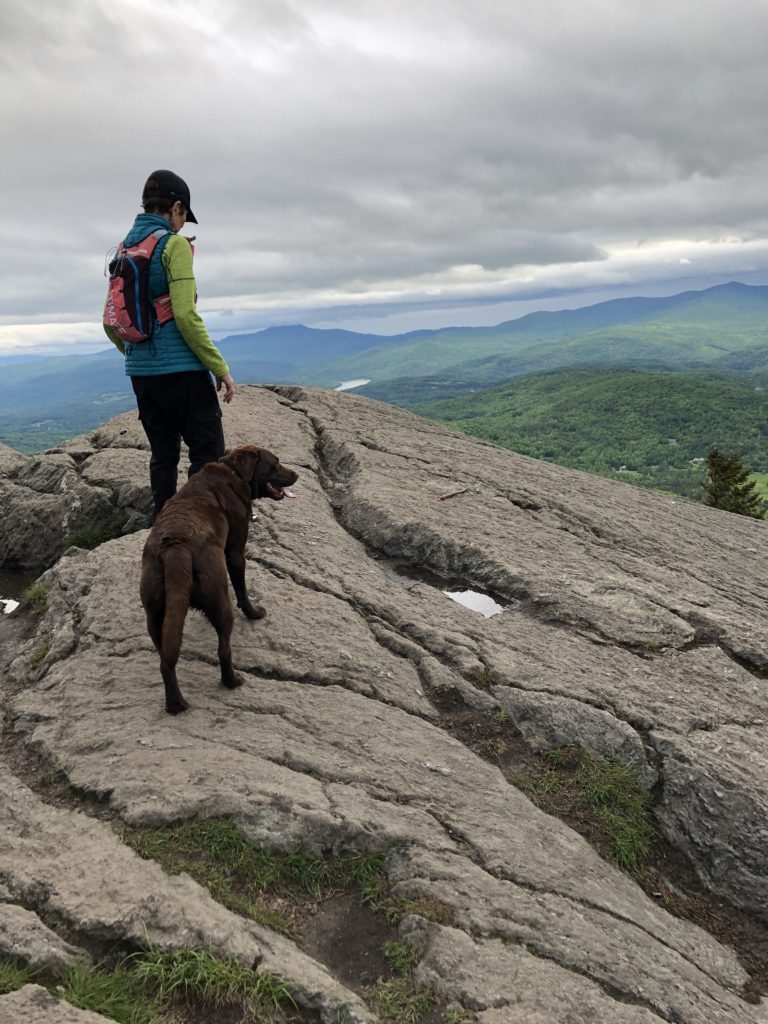
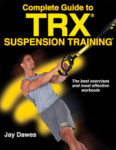

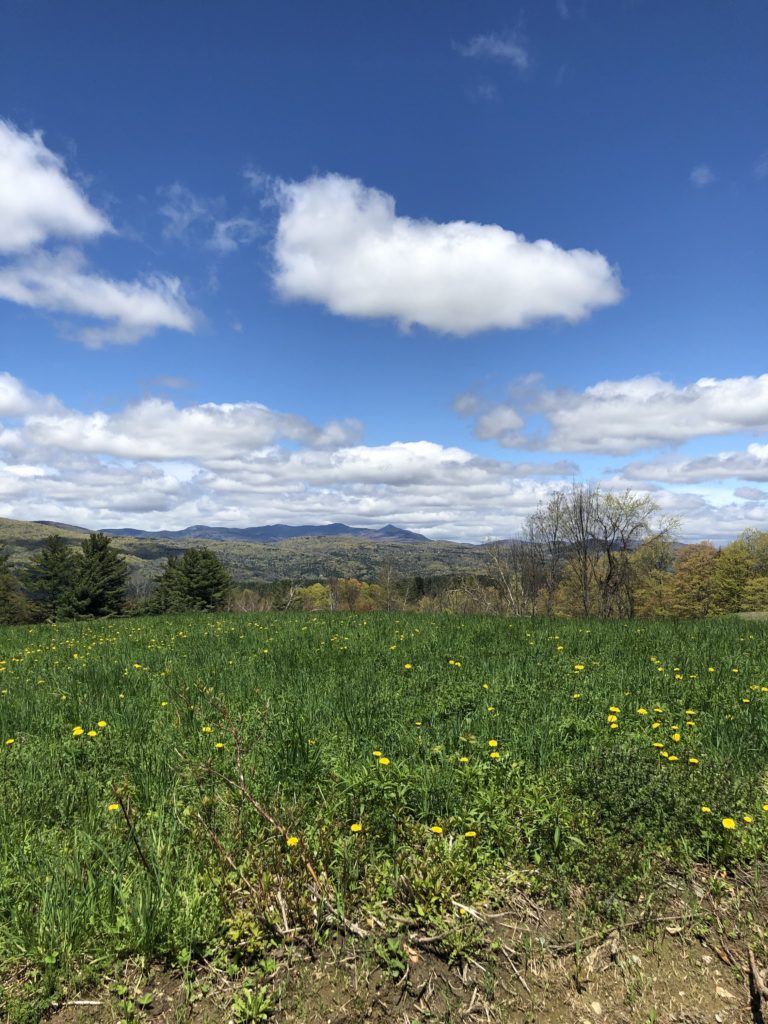 How sunshine affects one’s fitness level is obvious, but significant in definition. It is patently apparent that a good, sunny day puts a spring in our step and lures us outdoors to participate in a variety of healthy activities that might have seemed drudgery on a different day.
How sunshine affects one’s fitness level is obvious, but significant in definition. It is patently apparent that a good, sunny day puts a spring in our step and lures us outdoors to participate in a variety of healthy activities that might have seemed drudgery on a different day.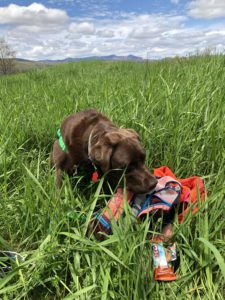
 But the notion of new growth budding and blossoming and all that it represents is a notion to hold dear. Each new morning is the springtime of a day. Each new idea, each new adventure, each new connection is the onset of creativity and ultimate fruition.
But the notion of new growth budding and blossoming and all that it represents is a notion to hold dear. Each new morning is the springtime of a day. Each new idea, each new adventure, each new connection is the onset of creativity and ultimate fruition.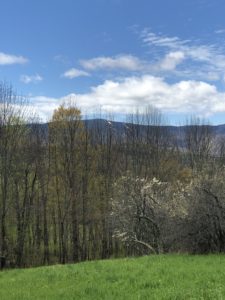
 drives many minutes of each day. It is motivation that underpins major chunks of enthusiasm, fuels the determination to persevere, and keeps one moving on a forward path professionally, personally and simply in being alive.
drives many minutes of each day. It is motivation that underpins major chunks of enthusiasm, fuels the determination to persevere, and keeps one moving on a forward path professionally, personally and simply in being alive.
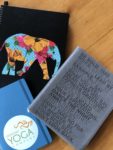 On a personal note, I found myself slipping from some of the structured practices that I know benefit my day. Early morning journaling and meditation was being lost in a few minutes of extra sleep, at home Yoga practice was giving way to lethargy, outings in the woods with my pup were abandoned. Of course, there is solid reasoning behind this – I need that sleep or the woods are just too wet and messy right now. (Besides, the bears are waking up and they’re hungry!)
On a personal note, I found myself slipping from some of the structured practices that I know benefit my day. Early morning journaling and meditation was being lost in a few minutes of extra sleep, at home Yoga practice was giving way to lethargy, outings in the woods with my pup were abandoned. Of course, there is solid reasoning behind this – I need that sleep or the woods are just too wet and messy right now. (Besides, the bears are waking up and they’re hungry!)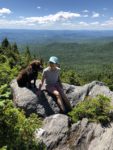 Because one of my goals is to be ready to hike when Vermont trails open again the end of May, I need to build strength and endurance now. Much to the delight of my dog, we are leash walking dirt roads a minimum of 3 miles a day, adding ½ mile to our one weekly long walk which should give us at least 10 miles by the time the hikes begin, adding at least one straight up climb each week (useful to live near a ski area that is closed for the season), and, for fun and mental flexibility, daily making sure to have plenty of off-leash ball play and some agility drills for both of us.itself.
Because one of my goals is to be ready to hike when Vermont trails open again the end of May, I need to build strength and endurance now. Much to the delight of my dog, we are leash walking dirt roads a minimum of 3 miles a day, adding ½ mile to our one weekly long walk which should give us at least 10 miles by the time the hikes begin, adding at least one straight up climb each week (useful to live near a ski area that is closed for the season), and, for fun and mental flexibility, daily making sure to have plenty of off-leash ball play and some agility drills for both of us.itself.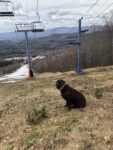

 This snow will melt. There will be more. Flexibility will always be needed. May we all have the energy, strength and courage to move with life’s changes and challenges in a way that is most beneficial to ourselves and others. May we all always be practicing students.
This snow will melt. There will be more. Flexibility will always be needed. May we all have the energy, strength and courage to move with life’s changes and challenges in a way that is most beneficial to ourselves and others. May we all always be practicing students.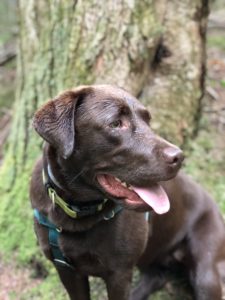
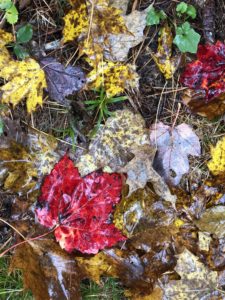 On the other hand, the slippery roots, muddy patches, and dense yet soundless dimness of the woods guided me back to my morning Yoga practice. I was ‘taking my practice with me through the remaining hours or my day.’
On the other hand, the slippery roots, muddy patches, and dense yet soundless dimness of the woods guided me back to my morning Yoga practice. I was ‘taking my practice with me through the remaining hours or my day.’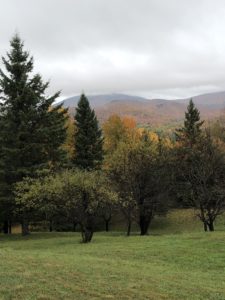

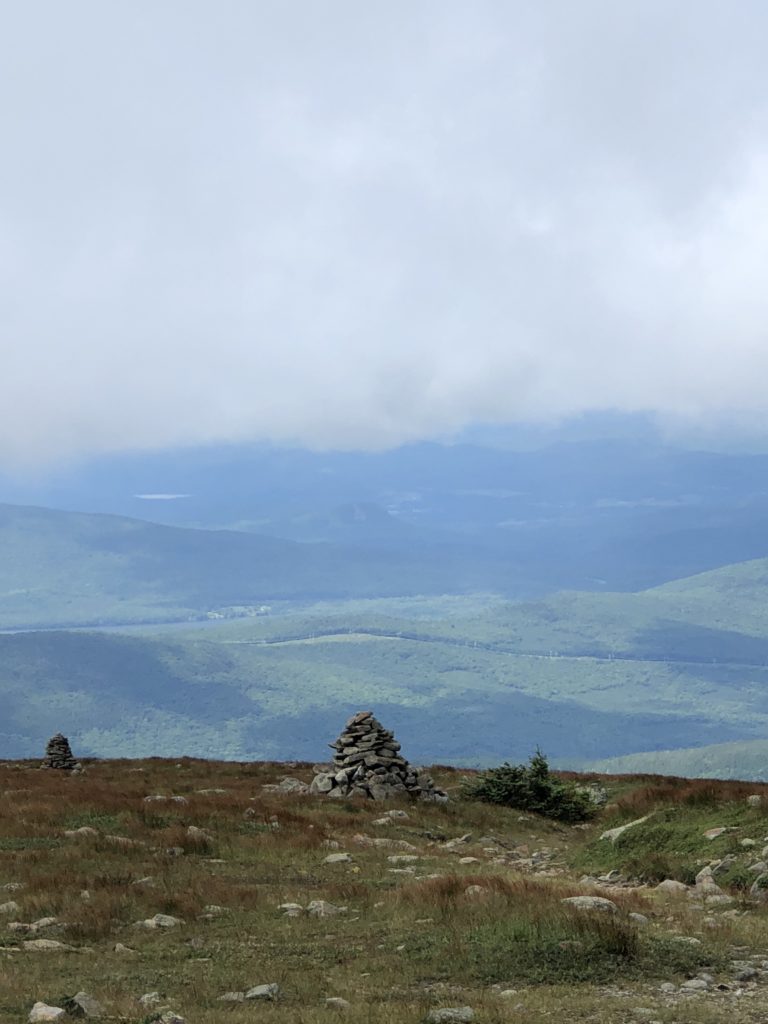 Mt. Moosilauke, 4802′, NH. 2018
Mt. Moosilauke, 4802′, NH. 2018